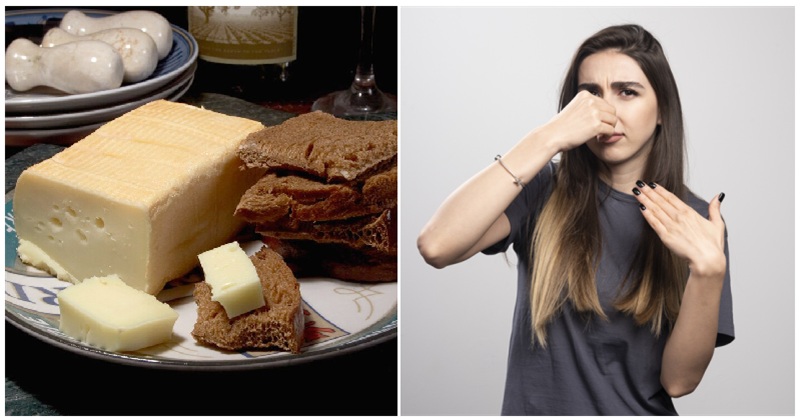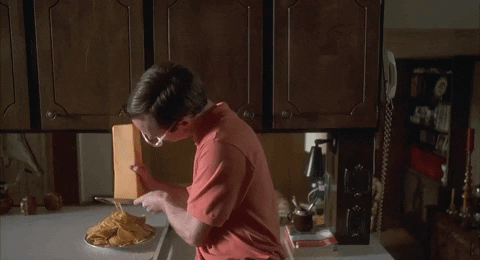
15 fun and fascinating cheese facts to celebrate National Cheese Day
We know not everyone will agree (the monsters!) but we think cheese is bloody brilliant. So many savoury dishes can be vastly improved just by adding a little bit of cheese.

It’s grate! We mean great! So great it even gets its own National Day. Happy National Cheese Day, everybody!
To celebrate the occasion, have we rounded up some really gouda cheese facts, from the fun to the fascinating? You feta brie-lieve it!

1. Some types of cheese can actually help prevent tooth decay. Varieties such as mozzarella, cheddar, Swiss and American stimulate saliva production, which helps to neutralise acids and wash away food debris, both which can help cause tooth decay.
2. There is a bank in Italy that accepts cheese as collateral. Parmigiano-Reggiano cheese makers are offered loans in exchange for their parmesan cheese. The cheese is stored in special vaults and is estimated to be worth about $200 million.
3. The world’s most expensive cheese is Pule cheese and is made from donkey (and goat) milk in Zasavica Nature Reserve, Serbia. It can cost up to £880 per kilo.

4. There is a town in France, Albertville, which uses cheese to create energy for the locals. The cheese making process there makes gas which is then burnt by a small power station to produce the energy.
5. On average, Brits eat 11.5 kilos of cheese a year, mostly cheddar. The French, however, consume 26 kilos each annually
6. Ismil, which is a county in South Korea has a 32 acre cheese themed amusement park. Opened in 2004, it has cheese themed rides, buildings that look like blocks of cheese, and cheese making classes.

7. One of the smelliest cheeses, Epiosses, (which apparently was a favourite of Napoleon), smells so strongly that it is rumoured to have been banned from being eaten on public transport in France.
8. The actual smelliest cheese in the world though is Vieux-Bologne, an unpasteurized and unpressed cow’s milk cheese made near the town of Boulogne-sur-Mer in France.
9. The same bacteria responsible for smelly feet can also be used to produce certain types of cheese, like Muenster and Limburger.

10. A watch made from Swiss cheese, by an independent Swiss watchmaker named H. Moser & Cie, sold for 1,081,291 Swiss francs.
11. Casu Marzu is a traditional Sardinian sheep milk cheese. Also called ‘Maggot cheese’ as it contains live insect larvae. The activity of the maggots, as they break down the cheese, gives it its unique texture and flavour.
12. The largest cheese ever made was a wheel of cheddar in Wisconsin, America. It weighed 15,680 kilo and took a team of 25 cheese makers 43 hours to make it.

13. Swiss cheese gets its holes by bacteria. Carbon dioxide, given off by the bacteria, creates air bubbles which result in the holes, known in the cheese industry as ‘eyes’.
14. The world produces more cheese than tea, coffee, tobacco, and cocoa beans combined.
15. Milbenkäse cheese, made in Würchwitz, Germany, is made using dust mites. The mites are locked in a wooden box with a type of cheese called quark. Enzymes from the excrement of the mites ripen the cheese, and give it a distinct flavour. When ready to eat, the mites are consumed along with the cheese.

Image Wikimedia Commons, Freepik
